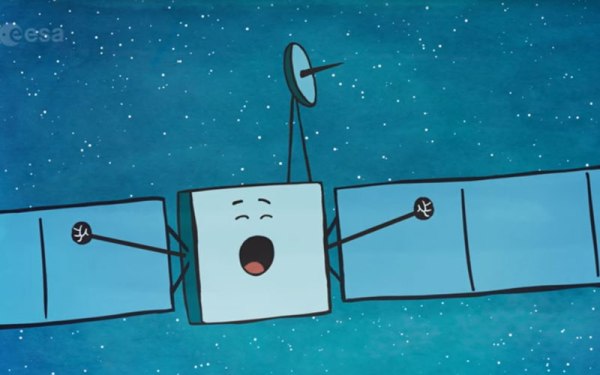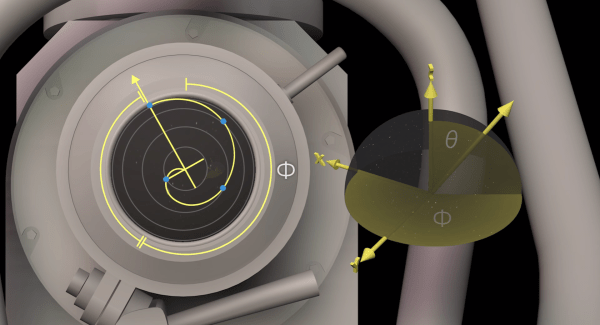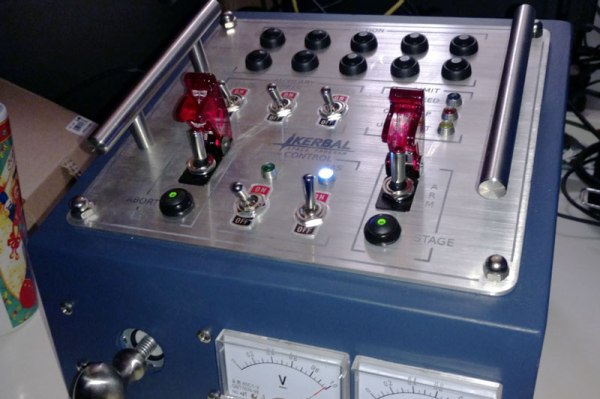[Tony Stark Elon Musk] envisions us sending one million people to Mars in your lifetime. Put aside the huge number or challenges in that goal — we’re going to need a lot of places to live. That’s a much harder problem than colonization where mature trees were already standing, begging to become planks in your one-room hut. Nope, we need to build with what’s already up there, and preferably in a way that prepares structures before their inhabitants arrive. NASA is on it, and by on it, we mean they need you to figure it out as part of their 3D Printed Hab Challenge.
The challenge started with a concept phase last year, awarding $25k to the winning team for a plan to use Martian ice as a building material for igloo-like habs that also filter out radiation. The top 30 entries were pretty interesting so check them out. But now we’re getting down to the nitty-gritty. How would any of these ideas actually be implemented? If you can figure that out, you can score $2M.
Official rules won’t be out until Friday, but we’d love to hear some outrageous theories on how to do this in the comments below. The whole thing reminds us of one of the [Brian Herbert]/[Kevin J. Anderson] Dune prequels where swarms of robot colonists crash-land on planets throughout the universe and immediately start pooping out building materials. Is a robot vanguard the true key to planet colonization, and how soon do you think we can make that happen? We’re still waiting for robot swarms to clean up our oceans. But hey, surely we can do both concurrently.

















